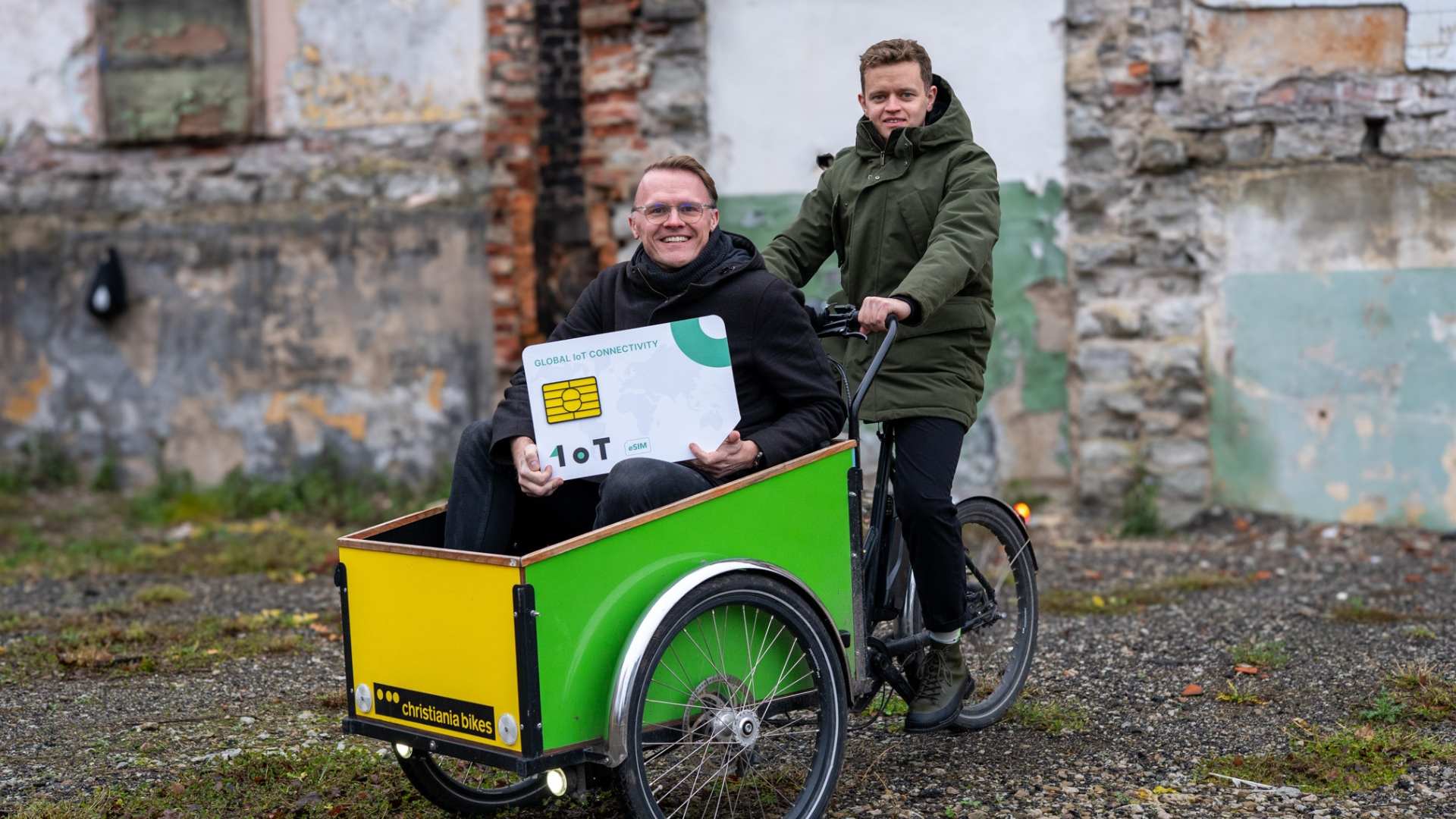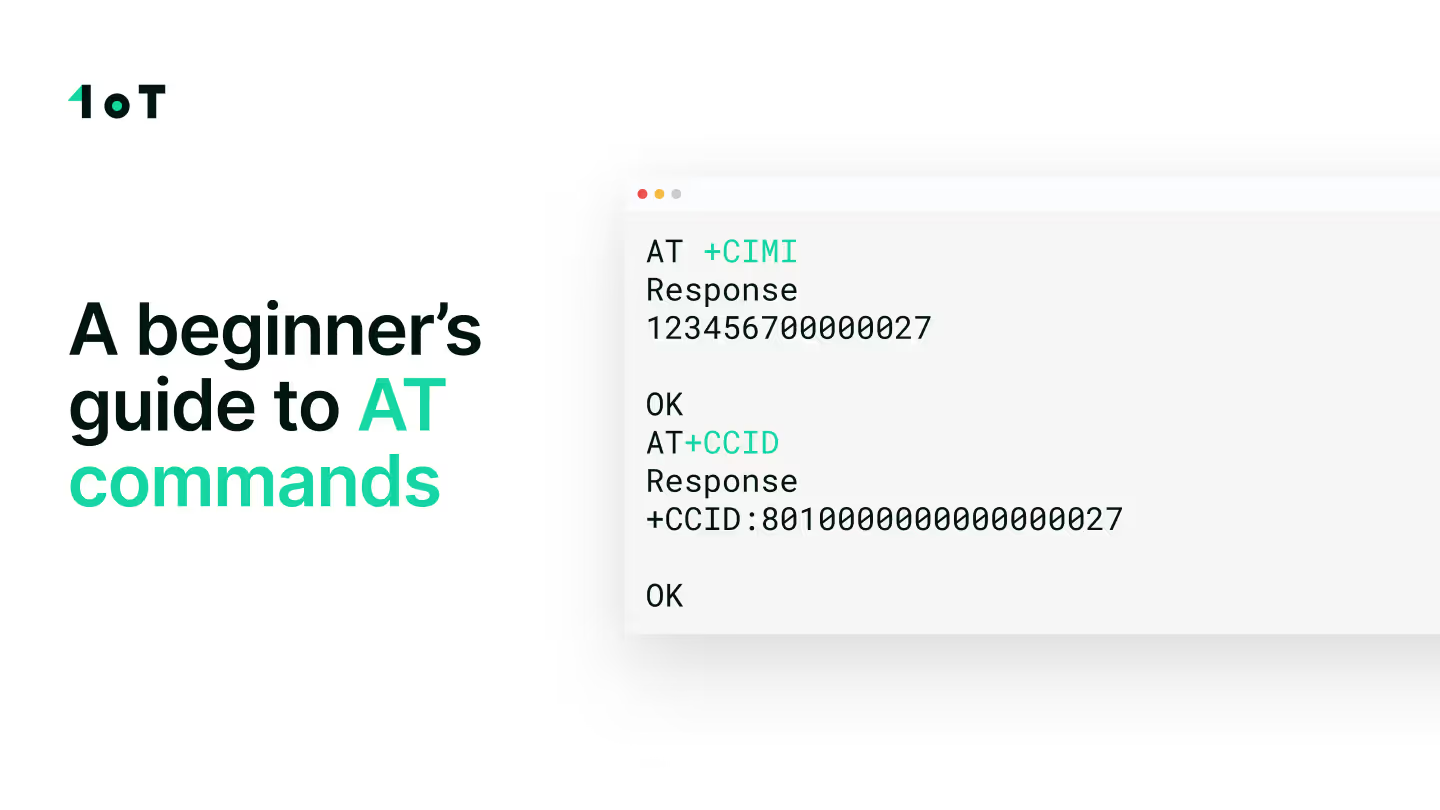Use of IoT in Agriculture

Agriculture, farms, tractors, corn fields, grain, harvesting – words that most city dwellers would associate with “primitive”, “stagnation” or “aging”. What if we told you that one of the main sources of innovation in Internet of Things happens at that sector?
As human population is rapidly growing, agricultural sector has to ramp up the production in order to keep supply levels above demand. According to Business Insider, world needs to produce 70% more food in 2050 than it did in 2006. This means getting more out of a patch of land than ever before. This is a task that Industrial IoT companies and farmers are solving together. Let’s see how IoT has transformed agriculture sector by looking at the most innovative companies of the industry.
DJI - a company that makes high quality consumer drones, has a high stance in the eyes of farmers as well. Drones like Phantom 3 and 4 are used in agricultural sector for monitoring the crop growth, finding out issues regarding pests and fungal infestation and irrigation problems. As DJI is aware of the farmers that are using their drones, they made another version just for them: Agras MG-1. This octocopter sprays crops with fertilizers or pesticides at a 40-60 times faster productivity rate than traditional manual spraying. It also regulates the amount of liquid ejected according to the need, making it more ecologically and economically friendly, opposed to traditional way and DIY drone projects.
Now to companies that only cater for agriculture:
- Cowlar - a collar for cows that monitors their vital signs. Cowlar helps ranchers to adjust the diet and living conditions of the cows in order to make them happy. Happy cow = more milk = higher profits.
- Arable - Arable Mark devices give agricultural enterprises real-time data of rainfall, crop water demand, water stress and microclimate. This small IoT device is also a handy tool for analytics as it gives predictions based on the collected data.
- Blue River - This company uses artificial intelligence and computer vision in their See & Spray devices to detect and spray pesticides exclusively on weeds as opposed to surrounding soil, cotton, lettuce and soy plants. This makes our food cleaner and lowers the use of pesticides up to 80%, which is great for the environment.
- Hortau - Hortau came up with a system that measures crop’s health. The data gives growers input on which parts of the crop need more water and fertiliser in order to keep the plants healthy and yield high.
- Farmobile – As farmers use tractors to plant, manage and harvest the crops, it is smart to make them collect insightful data as well. This is what Farmobile helps agricultural sector do.
This list, while not including all agriculture IoT companies, still shows how Internet of Things can really help with irrigation, crop monitoring, weeding & even dairy industry.
Whole other spectrum of agriculture, that Internet of Things is enabling us to deploy, is urban farming. While we are not going to see cattle and sheep roaming in an urban setting, we surely will witness smart devices taking care of indoor wall-gardens or even whole skyscrapers full of vertical farms. As human population is rapidly growing and most people live in cities, food transportation is expensive and majority of the arable land is already in use, it makes sense that growing food will “move to the city” just like people.

Source: Digitaltrends. Vertical Farm
1oT is sure that this is just a beginning and we will see even more bright minds figuring out how they can help the sector in order to, essentially, feed the world.
If you are working on a Agricultural IoT solution and need reliable connectivity, we have got you covered. Contact us at sales[at]1oT.mobi for sales offer or terminal[at]1oT.mobi for Training session.





.png)









.avif)















.avif)























































